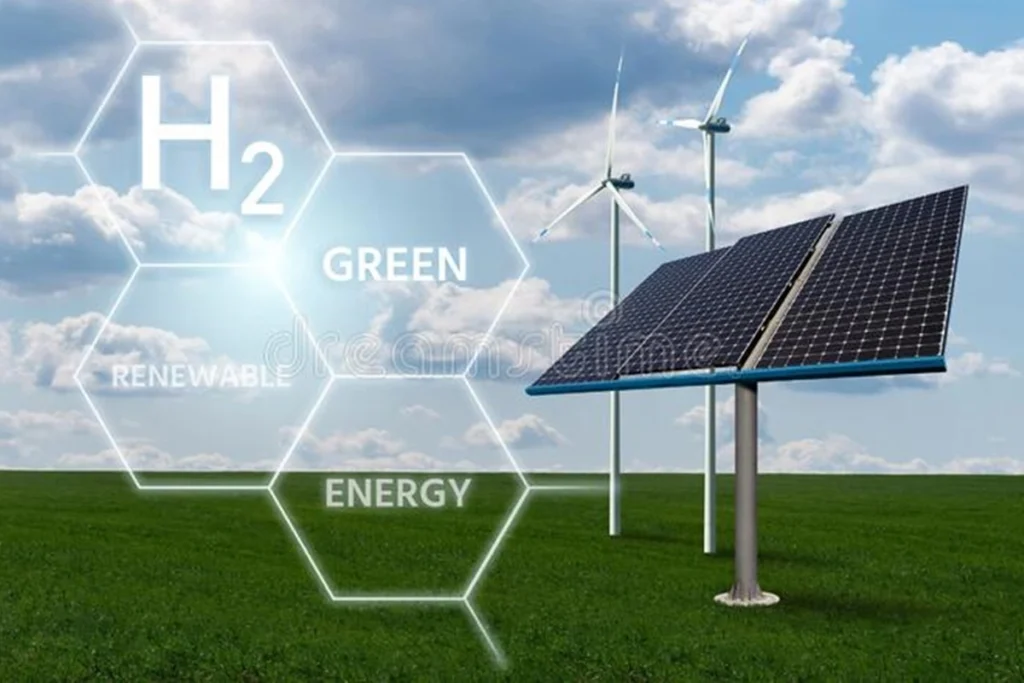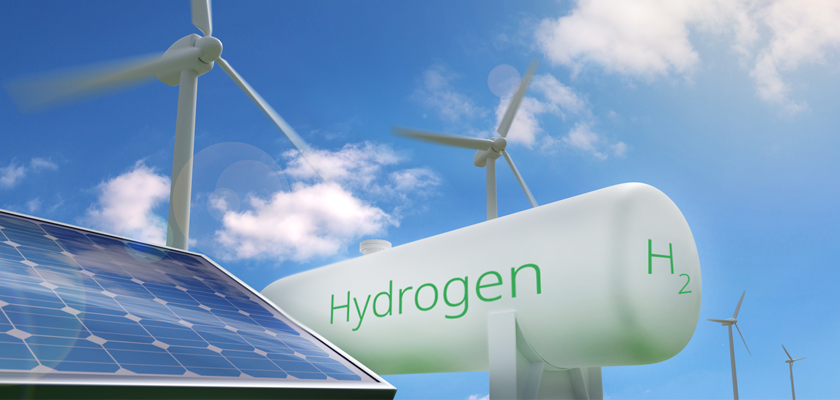H2 Green, Renewable Energy
Hydrogen fuel cells produce electricity by combining hydrogen and oxygen atoms.
Hydrogen fuel cells produce electricity by combining hydrogen and oxygen atoms. The hydrogen reacts with oxygen across an electrochemical cell similar to that of a battery to produce electricity, water, and small amounts of heat.
Many different types of fuel cells are available for a wide range of applications. Small fuel cells can power laptop computers and even cell phones, and military applications. Large fuel cells can supply electricity to electric power grids, supply backup or emergency power in buildings, and supply electricity in places that are not connected to electric power grids


Power to Gas
Power-to-gas (often abbreviated P2G) is a technology that uses electric power to produce a gaseous fuel. When using surplus power from wind generation, the concept is sometimes called windgas.
Most P2G systems use electrolysis to produce hydrogen. The hydrogen can be used directly, or further steps (known as two-stage P2G systems) may convert the hydrogen into syngas, methane, or LPG. Single-stage P2G systems to produce methane also exist, such as reversible solid oxide cell (rSOC) technology.
The gas may be used as chemical feedstock, or converted back into electricity using conventional generators such as gas turbines. Power-to-gas allows energy from electricity to be stored and transported in the form of compressed gas, often using existing infrastructure for long-term transport and storage of natural gas. P2G is often considered the most promising technology for seasonal renewable energy storage.